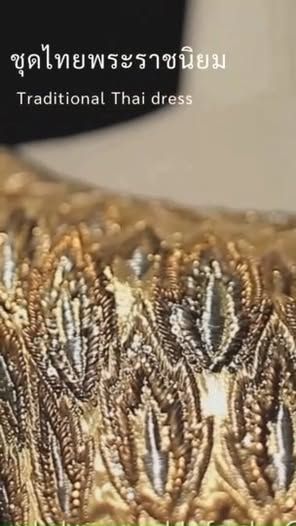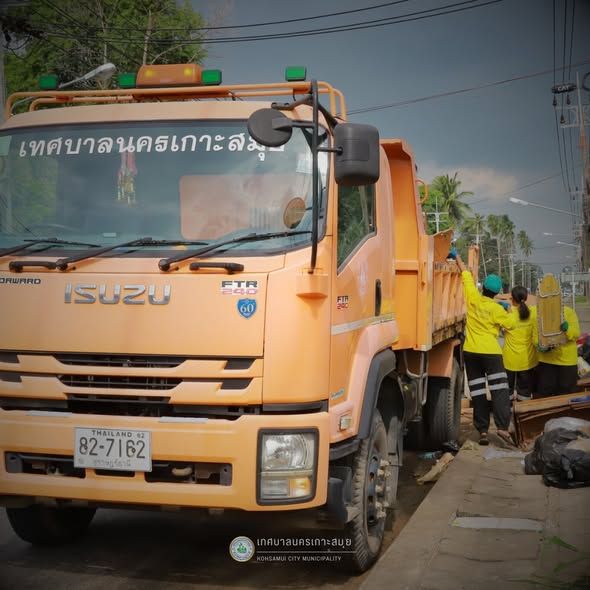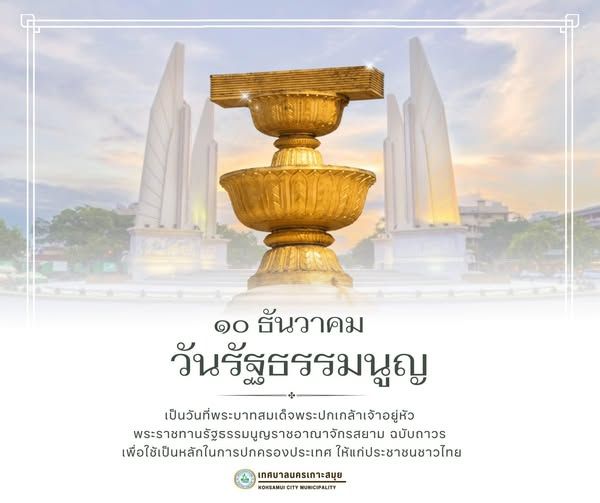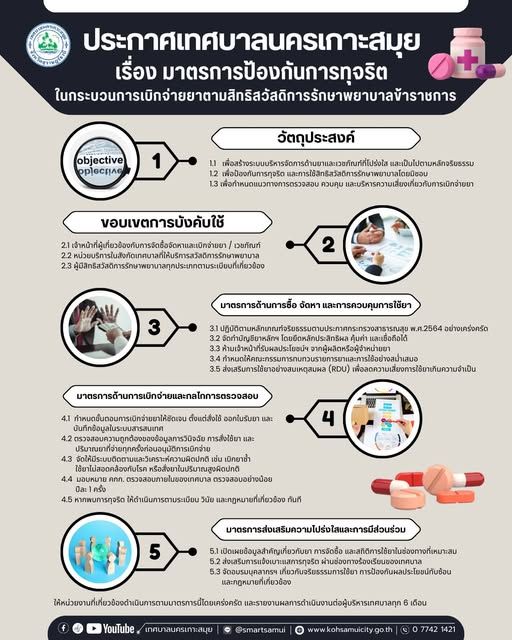Discover the exquisite Thai National Dress, championed by Queen Sirikit in the 1960s, a stunning blend of tradition and modern elegance.
These eight ‘Thai Royal Preferred Dresses’ showcase the nation’s rich artistry and continue to inspire pride, charming the world with their beauty.
ThaiNationalDress #QueenSirikit #ThaiCulture #ThailandArtistry #CulturalHeritage #TravelThailand #ThaiFashion #TraditionalWear #ExploreThailand #SoutheastAsia #ThaiTradition #RoyalDresses
The Thai National Dress, known for its elegance and cultural significance, stands as a symbol of Thai heritage and artistry. Inspired by Her Majesty Queen Sirikit The Queen Mother’s vision in the 1960s, the national dress reflects the modernization and preservation of Thai traditions. The Queen Mother’s initiative, aimed at promoting Thai arts and culture, has had a lasting impact on the nation’s identity and global presence.
The Queen’s Role in Modernizing Thai Attire
In 1960, Her Majesty Queen Sirikit recognized the importance of representing Thai women and culture on the international stage. She spearheaded the creation of modernized attire suitable for formal events abroad, resulting in the establishment of the “Thai Royal Preferred Dress.” This collection of dresses not only celebrated traditional Thai aesthetics but also introduced practical, elegant designs for contemporary use.
The Eight Thai Royal Preferred Dresses
The “Thai Royal Preferred Dresses” comprise eight distinct styles, each named after significant royal palaces or residences. These names underscore their royal heritage and indicate the occasions for which each dress is appropriate.
1. Ruean Ton Thai Dress
Characterized by its simplicity and understated grace, the Ruean Ton Thai Dress is often worn for informal gatherings and daily wear. It features a plain blouse and a traditional skirt, making it versatile for multiple occasions.
2. Chitralada Thai Dress
This style is notable for its modest yet sophisticated design, suitable for semi-formal events and important meetings. The Chitralada dress typically includes a silk skirt paired with a matching blouse, often adorned with subtle embroidery.
3. Amarin Thai Dress
The Amarin Thai Dress is recognized for its elaborate detailing and is usually reserved for evening functions. It often features luxurious fabrics and decorative elements, reflecting the grandeur of Thai craftsmanship.
4. Boromphiman Thai Dress
Boromphiman dresses are designed for formal dinners and receptions. They are distinguished by their fitted bodice, long sleeves, and elegant silhouette, often complemented by intricate patterns and accessories.
5. Chakri Thai Dress
One of the most iconic styles, the Chakri Thai Dress is worn during significant national ceremonies. It consists of a tube skirt with front pleats and a shawl draped over one shoulder, showcasing traditional weaving techniques and ornate designs.
6. Dusit Thai Dress
The Dusit Thai Dress stands out for its contemporary appeal, blending Western influences with Thai elements. It is a popular choice for formal banquets and official government events, thanks to its tailored fit and stylish look.
7. Siwalai Thai Dress
Ideal for evening events, the Siwalai dress features a long skirt and a matching blouse with a decorative sash. Its refined elegance makes it a favorite for royal ceremonies and receptions.
8. Chakkraphat Thai Dress
The Chakkraphat dress exudes regality with its multiple layers and elaborate decorations, reserved for the most important state ceremonies. It is recognized for its luxurious fabric and detailed ornamentation, symbolizing the highest level of formality and honor.
Cultural and Artistic Impact
Each of the eight national dresses not only serves a distinct social or ceremonial purpose but also represents the artistry, weaving skills, and cultural narratives of Thailand. Their popularity has spread beyond royal circles, becoming a source of pride for Thai women and a prominent feature in cultural events, weddings, and international showcases.
Continued Legacy and Global Influence
Since their inception, these dresses have played a pivotal role in promoting Thai culture worldwide. The beauty and craftsmanship of Thai national dress have been admired internationally, contributing to the preservation and global appreciation of Thai arts and culture. The tradition has also inspired contemporary designers, ensuring the continued evolution and relevance of these garments in modern society.
Frequently Asked Questions
Frequently Asked Questions about Thai National Dress
What is the Thai National Dress and why is it significant?
The Thai National Dress is a collection of eight elegant styles known as the “Thai Royal Preferred Dresses.” Initiated by Queen Sirikit in the 1960s, these dresses symbolize Thai cultural heritage and modern artistry, blending traditional designs with contemporary elegance to represent Thailand’s identity and pride.
How did Queen Sirikit influence the modernization of Thai attire?
Queen Sirikit championed the creation of the Thai National Dress by modernizing traditional outfits for international representation. Her vision led to the establishment of the eight “Thai Royal Preferred Dresses,” each designed for specific occasions, thereby preserving tradition while introducing practical, stylish options for formal and ceremonial use.
What are the eight types of Thai Royal Preferred Dresses and their unique features?
The eight types are: Ruean Ton (simple, for informal wear), Chitralada (modest, for semi-formal events), Amarin (elaborate, for evenings), Boromphiman (formal dinners), Chakri (iconic, for national ceremonies), Dusit (modern, for formal events), Siwalai (refined, for royal ceremonies), and Chakkraphat (regal, for state occasions). Each style showcases unique fabric, design, and cultural meaning, reflecting Thailand’s rich artistry and history.




